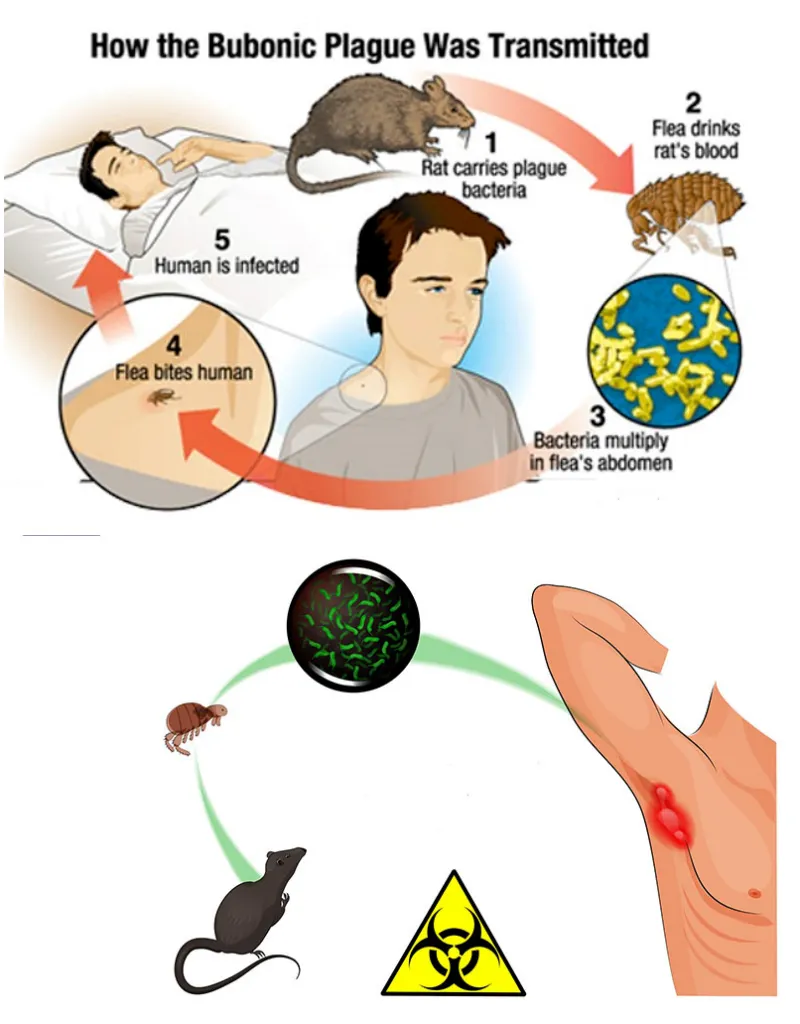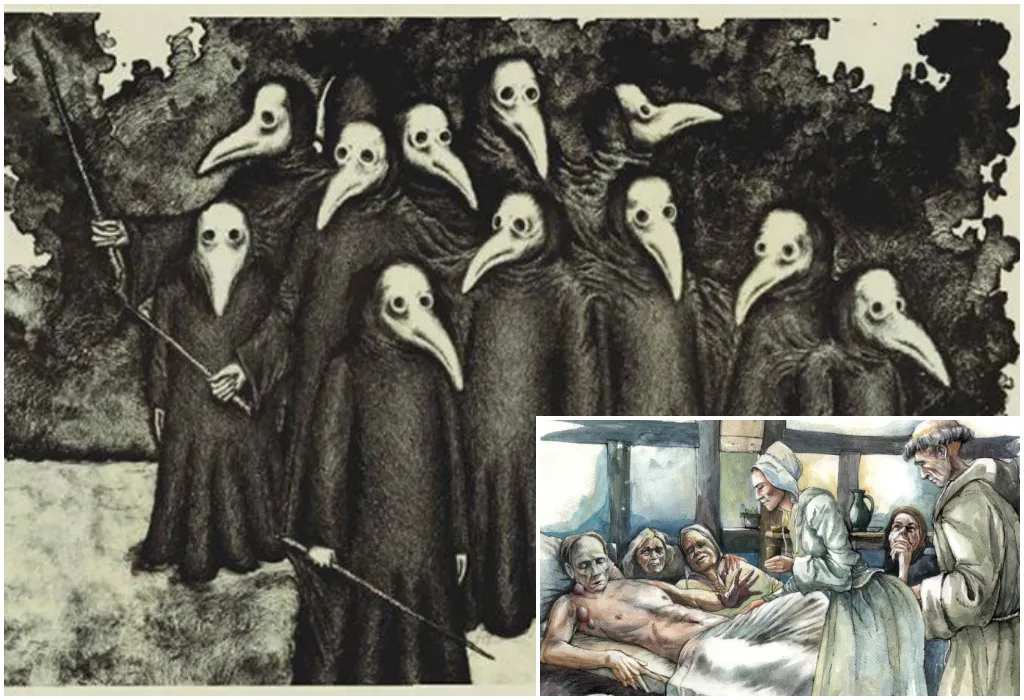
Mongolia has recently reported a case of plague due to the consumption of wild animals. This incident highlights the potential risks of using wild animals in food, which can lead to serious epidemics.
Mongolia Confirms New Case of Plague in Capital Ulaanbaatar
On August 8, the National Center for Zoonotic Diseases (NCZD) of Mongolia confirmed a case of plague in the capital city of Ulaanbaatar. The patient, a man, became infected after consuming marmot meat last week. NCZD immediately quarantined and treated the patient and five close contacts to prevent the spread of the disease.

Plague Risk Alert in 17 Provinces
NCZD warns that 17 of Mongolia’s 21 provinces are currently at high risk of plague. The center urged people not to hunt or consume marmot meat, although it is banned in Mongolia. However, hunting and consumption of marmot meat is still common in some areas, increasing the risk of disease.
Marmots: Causes of Plague Outbreaks and Eating Habits
Giant marmots, a wild animal common in China and Mongolia, have been identified as the cause of outbreaks of bubonic plague in the region, according to CNN. The animals caused a severe pneumonic plague epidemic in 1911 that killed about 63,000 people in northeastern China. Marmots were often hunted for their fur and were sold, infecting thousands of people during transport. Although the outbreak was contained within a year, problems with marmots continued to persist for decades.

Learn About Marmots
Marmots are one of 14 species of giant ground squirrels that live mainly in North-Central Asia, the Himalayas, North America and Eurasia, according to Timesnownews.com. These animals usually live in burrows that they dig themselves, with mountain species often choosing rocky outcrops and cliff crevices to protect themselves from predators.
Diet and Hunting Customs
Marmots are not only part of the wild ecosystem but also an important ingredient in the native cuisine of Mongolia. Tarbagan marmot is prepared in a traditional dish called Bodog, in which Mongolians stuff hot stones into the squirrel’s stomach cavity and cook the meat by tying the animal’s skin into a bag.
Why Is the Plague Still Scary?
Although the development of antibiotics has made it possible to effectively treat cases of the plague if detected early, the disease still retains its fearsome level. The plague, which caused the “Black Death” pandemic in Europe during the Middle Ages, has never been completely eradicated.

The World Health Organization (WHO) classifies the plague as a relapsing disease, with the number of cases worldwide ranging from 1,000 to 2,000 annually. Three countries have plague that is considered endemic, including the Democratic Republic of the Congo, Madagascar, and Peru, where the disease is endemic. In the United States, the number of annual cases of plague ranges from a few to a few dozen, according to the Centers for Disease Control and Prevention.
According to the WHO, plague is a dangerous infectious disease caused by the bacterium Yersinia pestis, which is usually carried by fleas of wild rodents such as marmots. The disease can spread rapidly through many routes, including blood, respiratory, skin, mucous membranes, and digestive tracts. If not treated promptly, the plague can kill adults within 24 hours.



